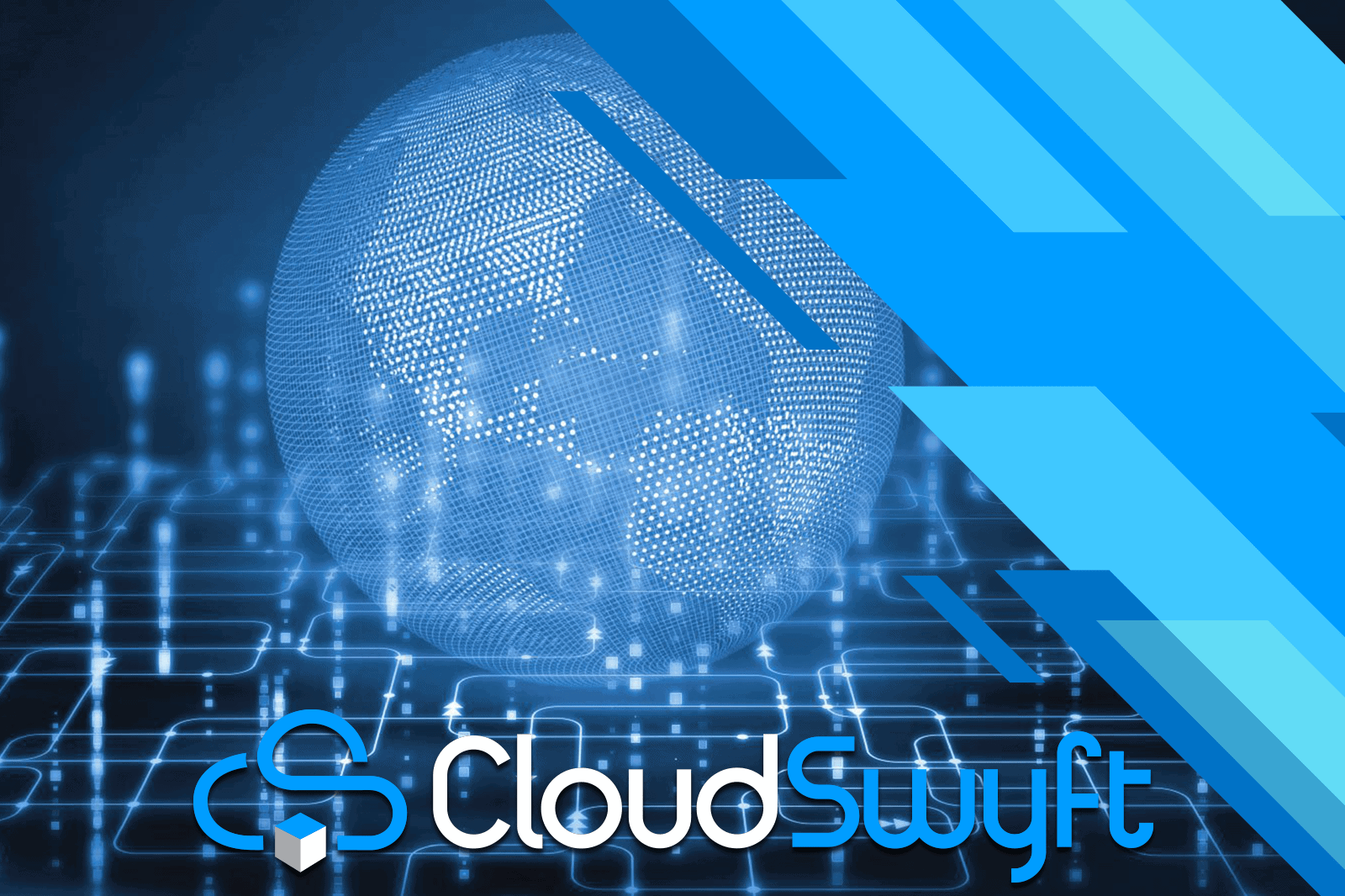About This Course
Are you ready to begin developing IoT device applications? Now is your chance. This course will lead you through a series of labs that teach you how to program IoT devices for secure communication with the cloud. You will learn how to create and configure a cloud gateway (IoT hub), how to register, provision, and manage IoT devices, and how to develop and deploy real-world IoT applications. Throughout this course, the activities are framed within the context of a real-world scenario, however, the lab scenarios are simplified just enough to eliminate some of the complexities that often prevent us from grasping the most important concepts.
The course begins with a quick walkthrough of the cloud gateway options available today and where Azure and the Azure IoT Hub fit in. Next, you create your own IoT Hub and explore features of the IoT Hub Service. You will then learn how to configure the development environment for an MXChip device, register your device with the IoT Hub, and deploy a pre-configured solution that demonstrates how communication between a device and the cloud is implemented.
You will then take a closer look at the Azure IoT SDKs and how to implement secure 2-way communication between devices and the cloud. You will provision a Raspberry Pi device and walk your way through the process of developing a solution as you dig deeper into the code that leverages the SDKs to implement secure communication with the hub. You will also learn how to provision simulated devices using client tools such as Azure CLI and how to preform management tasks while examining aspects of device security.
Next, you will learn about the Device Provisioning Service and how to provision devices at scale. You will also use automated processes to configure device identities and properties at scale. After that, you will examine device management tasks using both device twins and direct methods, and learn why using device twins is the recommended approach. Shifting focus briefly to managing IoT Hub operations, you will learn more about IoT Hub endpoints and message routing.
To finish up this course, you will be tasked with implementing a real-world project scenario. You will evaluate project documentation to determine requirements, develop your project hardware and software, and then apply what you learned during the course to implement the client-side and server-side portions of the solution. You will even look into including Azure IoT Edge in your solution.



